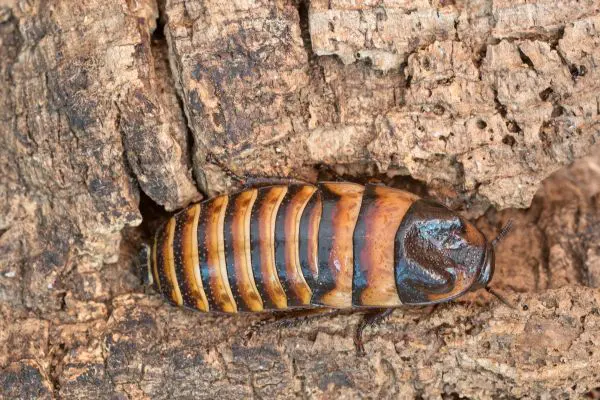

ORIGIN:
The island of Madagascar, off the southeastern coast of Africa.

HABITAT:
The forest floors of Madagascar, where they seek shelter in decaying logs, leaf litter, and other organic debris.

HEIGHT/WEIGHT:
.7 - 1.2 ounces
Length: 2-4 inches
Height: .5 - .75 inches

DIET:
Hissing cockroaches are omnivores and primarily feed on decaying plant material, fallen fruit, and other organic matter found on the forest floor

PREDATORS:
Hissing cockroaches face predation from a variety of animals, including birds, amphibians, reptiles, and small mammals. In their natural habitat, larger insects and arachnids can also be predators.

NATURAL DEFENSES:
Their most notable defense is their ability to produce a loud hissing sound by forcing air through tiny openings in their abdomen. This sound can deter predators or alert others in their colony to potential threats. Additionally, their tough exoskeleton provides some protection against physical harm, and they can scurry quickly to find shelter when threatened.

REPRODUCTION:
Hissing cockroaches reproduce by giving birth to live young, not laying eggs. The female carries fertilized eggs inside her abdomen until the nymphs are fully developed, then gives birth to around 30-40 young. They mature in about 6 months.

THREATS:
They can be preyed upon by larger animals like birds, amphibians, and reptiles. Invasive species and habitat destruction also pose potential risks to their populations.

LIFE EXPECTANCY:
Hissing cockroaches typically live for about 1 to 5 years, depending on environmental conditions and availability of food.